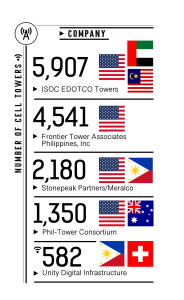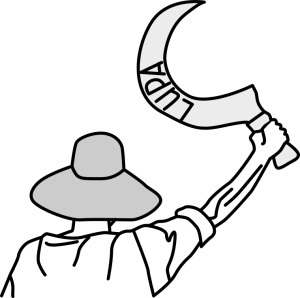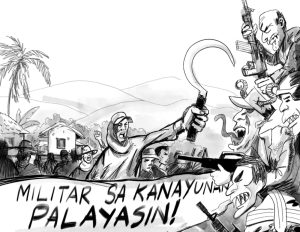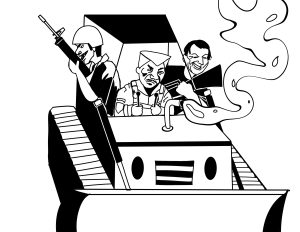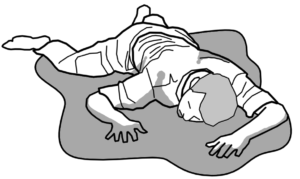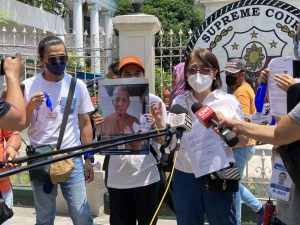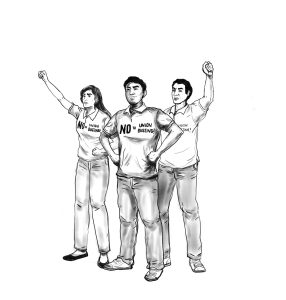125 years of persevering struggle for national freedom

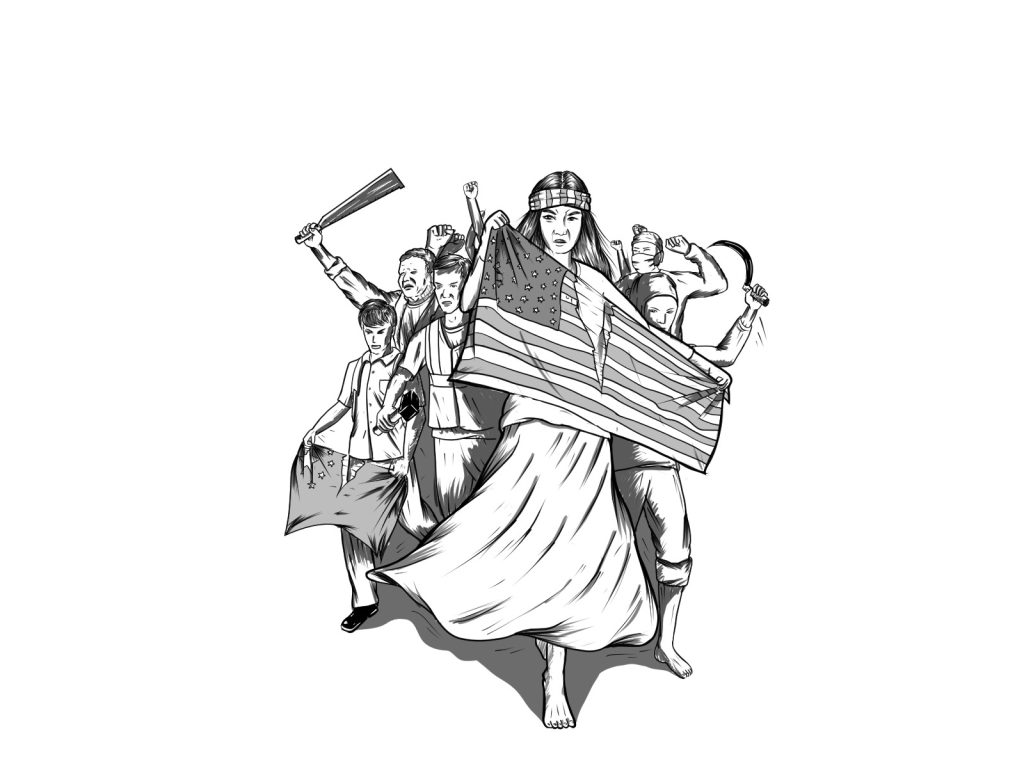
In commemorating the recent 125th year of the declaration of false Philippine independence, let us look back to the Filipino people’s more than a century history of resistance to colonialism and semicolonialism and reaffirm our commitment to struggle for genuine freedom and democracy.
The declaration of freedom “under the protection of Powerful and Humanitarian Nation, the United States of America” was made by representatives of the landlord-illustrado class who rode on the victories of the Katipunan armed revolution against the 300-year Spanish colonial rule. In truth, Spain had already secretly agreed with the US before staging the mock Battle of Manila Bay of October 1898 and the signing of the Treaty of Paris on December 10, 1898 under which the Philippines was sold for $20 million.
Hundreds of thousands of American troops were deployed to suppress and colonize the Philippines. More than a decade of brutal war against revolutionary forces—denigrated as “bandits” and “insurrectionists”—was carried out. Not less than 200,000 Filipino civilians were killed by American soldiers, and more than a million (of a population of less than seven million) died as a result of the US war of aggression.
The US employed overwhelming force to rampage through the Philippines, suppress the people and plunder the country’s wealth. Millions of trees were felled, hundreds of thousands of land taken from peasants and indigenous people to dig for gold and other minerals, and turn into plantations of sugarcane, pineapples and other crops for export to the US. The US colonized and controlled the minds of Filipinos by imposing an educational system that favor the US to erase the people’s memories of their just fight for freedom and imprint the thought of “benevolent assimilation” under US colonialism. The US produced a new generation of bureaucrat capitalists trained in “US democracy” to represent US power and the combined interests of the ruling classes of bourgeois compradors and the old landlord class.
Instead of being suppressed, the spirit of patriotism of Filipino workers and toiling people were further inflamed. At the outset and following decades, they organized and waged mass struggles for freedom. They clamored “death to US imperialism!” Since being established in 1930, the Communist Party of the Philippines (CPP-Philippine Islands) played a crucial role in leading the struggle for national freedom from US colonial rule.
Amid inter-imperialist conflict, the US abandoned the Philippines to colonial Japan. Led by the CPP, an anti-Japanese guerrilla war was waged by the Filipino people to establish revolutionary power in Central Luzon and other parts of the country. Like in China and other countries, the guerrilla forces crushed the Japanese invaders. Before the complete surrender of the beaten Japanese forces (as were the Spanish in 1898), the US forces returned and relentlessly bombed and devastated Manila (like the mock Battle of Manila Bay) to force the country to its knees. Together with its puppet armed forces (predecessor of the Armed Forces of the Philippines), the US carried out a campaign of armed suppression of guerrilla forces marked by massacres and brutal murders.
To placate the Filipino people, the US granted nominal independence on July 4, 1946 to turn over the reins of administration of the client-state to the ruling class parties and politicos. For close to 80 years now, the country has been under neocolonial or semicolonial rule. Philippine politics, economy, military and culture remains dominated by the US. Through semicolonial rule, the US plundered trillions of dollars through unequal trade and investment relations reinforced by treaties favoring the US. The policy of cheap labor was imposed to allow maximum profits for US and foreign capitalists. Economic policies of puppet Philippine governments are dictated by the US through the International Monetary Fund, World Bank and other US-controlled banks and agencies, to the detriment of the Philippine economy and livelihood. The US reinforces cultural domination through a pro-US educational system, control of mass media and other agencies that promote a pro-US mentality and viewpoint.
The US perpetuates armed domination of the Philippines through military agreements as the Mutual Defense Treaty, the 1946-1991 Military Bases Agreement, the 1998 Visiting Forces Agreement and the 2014 Enhanced Defense Cooperation Agreement. The US established the AFP as the main pillar of its rule in the country. It has since been used for the armed suppression of the Filipino people and their struggle for national and social liberation.
Amid the economic crisis of the US and other capitalist countries, there is push to further tighten US grip of the Philippines. Together with strengthening armed presence in the Philippines, the US is aggressively claiming control of natural resources and business operations in the country to expand plantations and mines resulting in economic dislocation of millions of Filipinos. The people today suffer from the deleterious effects of decades of neoliberal policy dictates of the US: widespread unemployment, low wages, lack of income, rising prices, decrepit social services, land grabbing, and environmental destruction. The country is at the precipice of a financial crisis marked by rising public debt and falling revenue due to corporate tax incentives, and rising costs of maintaining a bloated military and police. The US rush to construct more military bases and facilities across the Philippines, especially in the northern parts, as part of its strategy to encircle China, further underscores the country’s lack of sovereignty and puts it in danger of being pulled into a war between imperialist giants.
Since it was established in 1969, the Communist Party of the Philippines has been at the forefront of the struggle for national freedom and democracy. It has waged people’s war since 1969, and will persevere however long it takes to free the country from the clutches of US imperialism.
The Party, all revolutionary forces and the entire Filipino people are ready to shoulder the difficult tasks to advance the nation’s struggle to drive away the imperialist monster and attain the Motherland’s desire for freedom. With firm resolve, let us tread the path of resistance, however arduous and difficult, because it is the only path towards a bright and prosperous future.

